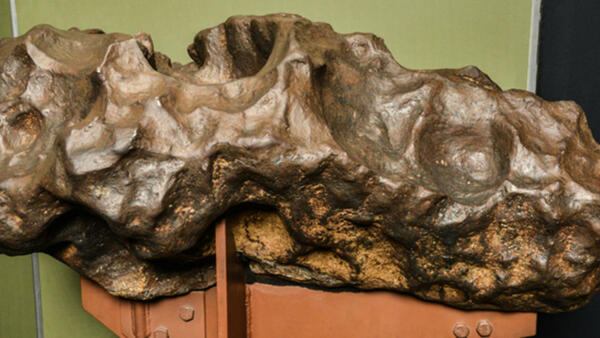Cathodoluminescence images of zircon mineral grains from an Archean-age rock found in the Yellowstone region
linkCathodoluminescence images generated by the interaction of electromagnetic radiation ranging in energy from ultraviolet to near infrared with sectioned and polished zircon mineral grains from an Archean-age rock found in the Yellowstone region.






















